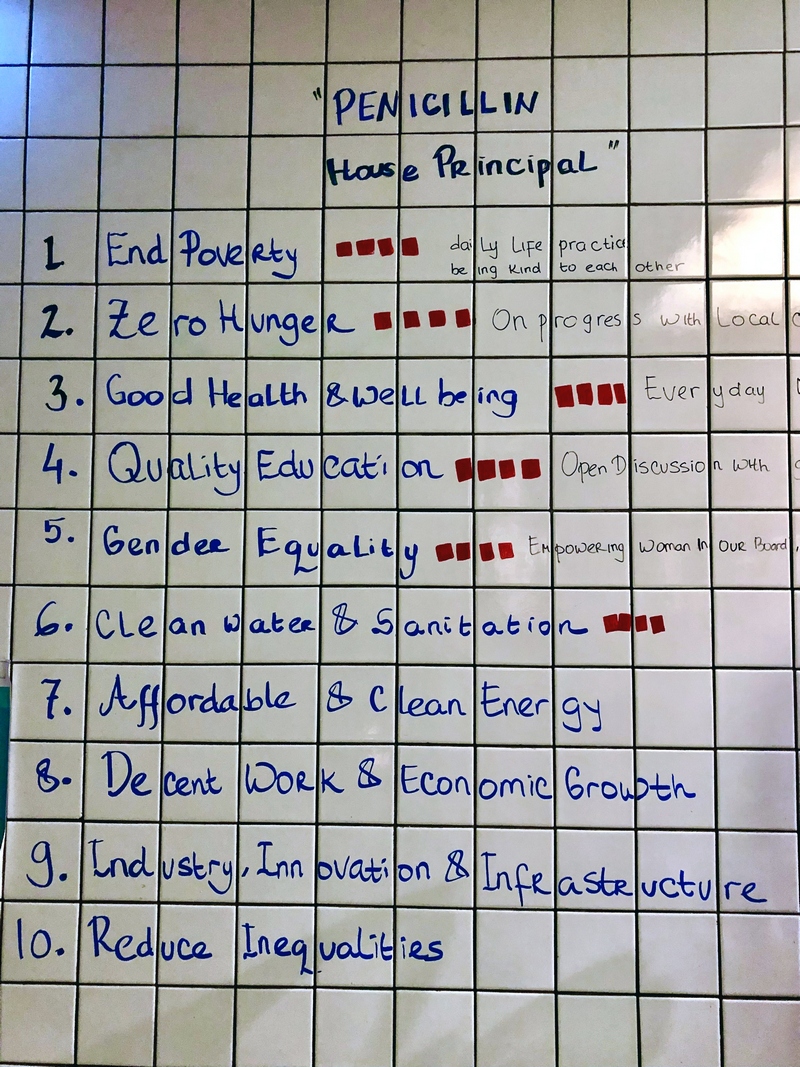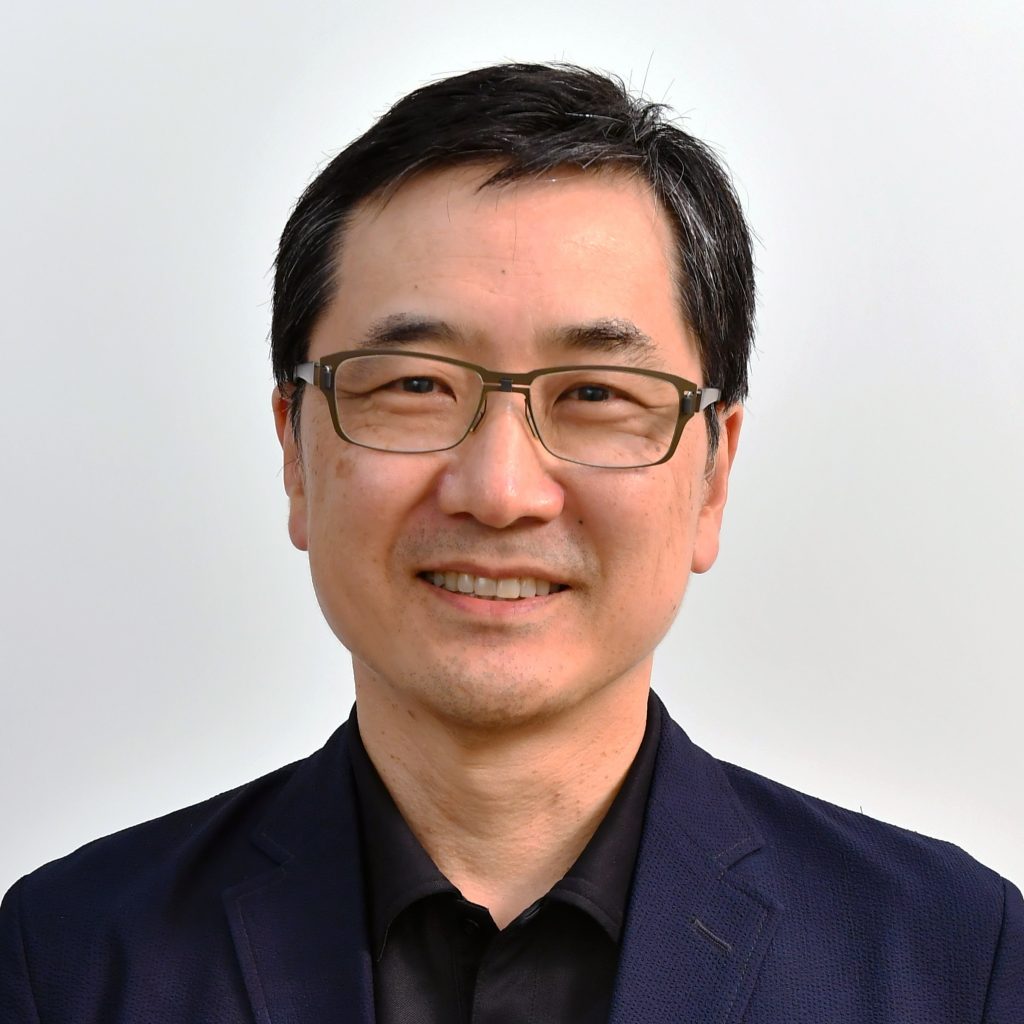
(按此瀏覽中文版)
Continuing Questions of a Narrow but Beloved City:
I am a part of the wasteful, conscious, too-ineffectual industry that talks a good game and acts too little. In a city of extreme property and finance, the direct and adverse impact to Mother Earth is severe. But I care and agonise over my fair share—I think of the rushed lunches and staring at the single-use plastic container option when I’d much rather be French and have a long slow locally sourced meal with a glass of pinot noir.
Yet, I walk this stage-set city of sloped neighbourhoods, its nooks and crannies a counterpoint, saving time while savouring the abundance of sensorial texture, all so uniquely Hong Kong. It is a fundamentally sound strategy of compact density, a lighter land imprint, fed by MTR lines resulting in key aspects to one of the most sustainable cities, but a paradoxical one.
Beneath an elevated escalator at the side of a steep stair, I stopped by Penicillin, reportedly Hong Kong’s first and only sustainable bar. Admittedly, they are a not-quite-there 80% sustainable. Impressive. Most bars, 20% at best.
I’m now sipping on a delicious Cradle to Cradle made by Stephanie, who used to pour me pinot grigios at the top of the Mandarin Oriental. She is fired up with purpose, scouring the neighbourhood for waste and recycled products with her boss, Agung, taking food and products—sanitized, fermented, and repurposed. My Cradle to Cradle is infused from discard bones and gin. Gross? No. Delicious and meaningful. Purposeful.
This is a bar in a back alley, beneath an elevated walkway. Hard to find. Worth discovering, observing, and seeking knowledge. A literal laboratory is the reception, a fermentation room in the back.
Circular economy. We hear these words, and automatically it confers an understanding of sustainability and responsibility. But what does it mean? For Penicillin, this is a closed loop. Impossible perhaps, in an isolated Hong Kong scaled to city proportions, but the objective is to get there. Much of net zero strategy requires financial engineering and carbon offsets to get there. Penicillin does their bit, one climate-positive cocktail at a time.
We are human. We improve, or we strive to do so; we use our education and opportunities to make ourselves and Hong Kong better, always. The other option is to discard all the opportunities afforded to us and flee.
Innovation benefits from dense cities and clusters of human talent, serendipitous encounters, side conversations, the frequency of contact, and the influence of people. Hong Kong is an incredibly networked city, and is driven more than any other city to make profit…but for what? Evolution? Greatness? And where would the diversity of ideas come from? Public space is so aggressively anti-human, and the progress of the last fifty years is muddled; it is still there, but uncertain.
Virtuous public space, conscious open spaces generously offered in the wealthiest of cities are a sign of the confidence and assuredness of a clear future inclusive of all classes. We need not mimic and can make our own versions, but have revelled in the mazy back streets of Tokyo, the spectacular connected waterfronts of Sydney or the 30km bike and walking promenade of Vancouver and traditional humble villages. Name any country, Portugal, Italy, Spain—a fragrant espresso to be had at a stand-up bar, people watching a piazza proportioned to capture the sun and illuminate radiant residents in daily flow.

We have so much, but we also have narrow one-metre footpaths with improbable signposts planted in the middle, dotting much of my daily city walks. I think of the impossibility of disabled lives, and the denial of a flaneur’s pleasure for all except those fit for feats of gymnasts. Hong Kongers are so infinitely patient in this respect, though our reputations say otherwise. But we live longer than almost anyone. Is it the constant struggle to manoeuvre the obstacles and ups and downs of daily life, that we are constantly active, fighting the toll of a desk and chair? And how is so much walking our heated-island days way into October possible? Because Hong Kong is perpetually activated?
Using mass transit like we do, we emit 1/10th the carbon emissions of a typical car trip; when repeated a million times per day, the mathematics are impressive. Hong Kong has historically made green choices in paradoxical forms whether conscious or not; investing in multi-modal transport options to serve extremely dense neighbourhoods in compact urban core areas that also encourage walking, preserving vast country parks and lush hills, as well as hiking trails being popularised further during the primal Covid year of 2020. General health and longevity are admirable. On this score, Hong Kong is a remarkably sustainable city.
Yet buildings are typically responsible for 2/3 of greenhouse gas emissions…
We also live also in an extraordinarily stressful and anxiety-ridden time, with a fragile sense of well-being. We are affected existentially by a confused sense of the near future, by an economy that has narrowed continually for the past forty years, and disruptions have exposed a lack of innovation, challenges to how we conceive buildings, and a responsibility beyond maximum profit as the driving motive.
Outwards and upwards, the city continues to progress. Outwards and upwards, following less a Corbusian view of planned cities and a more, peculiar, uber-dense, and dizzying collection of evermore thin and tall buildings—highly expensive, highly inefficient, and supported by the unsustainable, most expensive real estate in the world.
And what to do now, having pushed, or shrunk, living to the smallest unit of measure in the world. Much of the world embraced the mechanics of a distributed city this past year; work from home, work from anywhere, save commute time, connect through all channels. But Hong Kong has returned to work for the most part. Is it impossible to live and work in a few hundred square feet with any civility?
There are examples and thought exercises to consider. I thought meetings in Japan uncomfortably warm. “Warm AC” it’s called. Little did I understand that the refrigerator city of Hong Kong is illogical. Less so now, but wearing jackets formally inside is solely for the ritual of representative success, and for thermal survival. Another impact of Covid recently seen—less formal business wear, and finally, clients listening that to be comfortable is to tangibly experience the differential temperatures between outside and in, but also of the shade and breeze, and that health and wellbeing can be, even in the fastest city, organic.
Buildings have been, essentially, hard, fixed things, not living organisms as they truly are; a conceptual failure of understanding of physics and natural forces and disconnections from the daily rhythms of our lives, unaware, uncaring, allowing machinery to force artificial comforts pushed too far.

Do we now respect decades old ideas pushed by Ken Yeang, long neglected then and hard to engineer, but the fashions of current monolithic box towers being punctured to allow a building as an environment, allow breathing and adapt as places as organically respond to the daily environment and the forces of change? Even in precinct work in nine countries in the region, we are desperately seeking porosity as a fundamental urbanist tool. Then add real biomass, passively even, offset the 2/3 carbon emission that buildings, all our livelihood and passions, emit.
Design comfort and experience first, then the mechanics, then the space, then the buildings then the neighbourhood, then the precinct, then the city, then the distributed, regional connected towns and cities. This too is sustainability.
Sustainable capital. In a city where financial wizardry has come to dominate the service sector and continue to thrive, this shift to responsible multi-billion-dollar funds enforcing ESG practices downstream as a pre-requisite to place money, hit with surprise. Isn’t this merely a form of greenwashing? And not because of Covid, but the space made to intelligently consider interconnectedness has become a force, accelerated far beyond the modern understanding of sustainability in buildings and cities. I don’t really understand ESG, but is it now the real driver for change to make our city environmentally in tune? Will the financial barons do what the slow-moving industries for too long have resisted?
Confidence of a city based on social structures is constantly improving, or must. The confidence of a vibrant city seeking its next place—GBA, China, perhaps even global, but within itself, more nurturing, more green, more generous, more accommodating. Hong Kong was, is, can be, will be, uniquely worthy of its humanity, and has yet to clearly use such vast resources towards a more complex view that rapid acceleration, rapid accumulation, and overuse of century-old practices have brought, even if we grasp the meaning of the 4th Industrial revolution so blatantly here.
My daughter is a vegetarian. We make veggie kimchi at home as a result. Ola would love this place—but short of breaking laws and introducing her before drinking limits, I’ll bring her kimchi here. Fermented, organic, real, tasty, cultural. I can learn from Agung and scale the issue to the rest of my daily responsibility. Buildings in HK are easy. Formulaic. Making delicious, sustainable food is hard. A drinking establishment? The hardest of all. Penicillin can do it. They have purpose.
The rest of us are now redefining our value system. If the only upside to the turbulence of 2019 and 2020 was to tip us to the far boundary of a flat earth and allowed us to peer over the edge, then that is our mission. Commit to our city. Decarbonise. Respect our neighbours. Protect nature. Understand that everything is connected. Make humane places. Find our purpose.
Here’s my phone shot of “Penicillin House Principal” (1-6 is in progress)
- End Poverty
- Zero Hunger
- Good Health & Well Being
- Quality Education
- Gender Equality
- Clean Water & Sanitation
- Affordable & Clean Energy
- Decent Work & Economic Growth
- Industry Innovation & Infrastructure
- Reduce Inequalities

Phil Kim
Managing Director Asia Pacific
Jerde Partnership, Inc.
Phil Kim is a Board Member, Shareholder and Managing Director Asia Pacific at the Jerde Partnership, Inc. in Los Angeles and Hong Kong, focusing on Jerde’s constantly evolving places that has impacted and rejuvenated Asia cities, with the firm recognized with over 160 international design awards. He also advises private and public companies on innovations in mixed-use design, retail, urban revitalization, vertical cities and building social sustainability and the value of place.
He is currently the Chair of ULI Hong Kong, a Global Governing Trustee, Co-Chair of the education program Urban Plan for Hong Kong and Asia, an Asia Pacific Executive Council and Hong Kong Executive Council Member. He is also a Founding Member of the Institute for Sustainable Urbanisation focusing on urban regeneration of emerging market cities, and an ICSC Regional Juror for Design Excellence.












